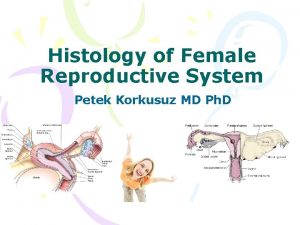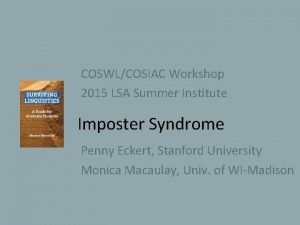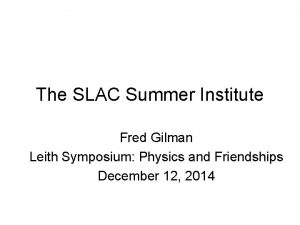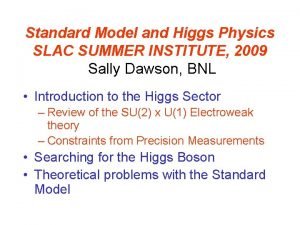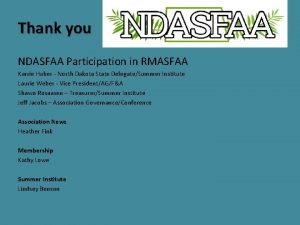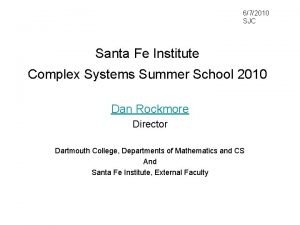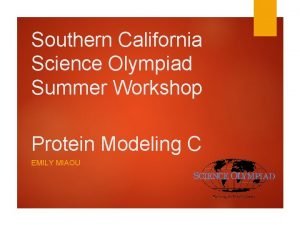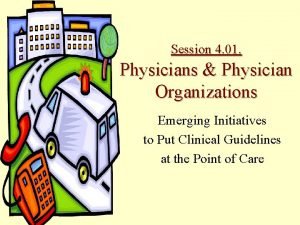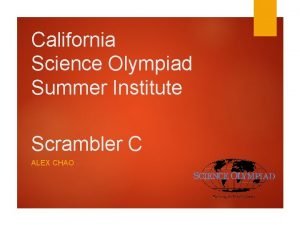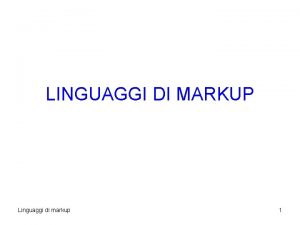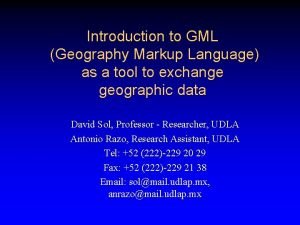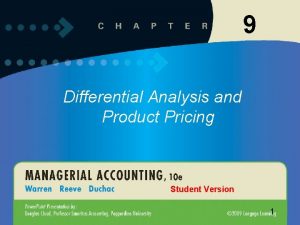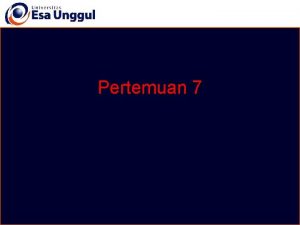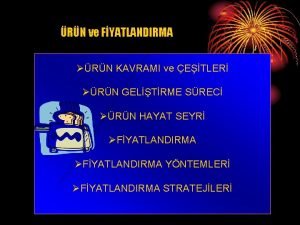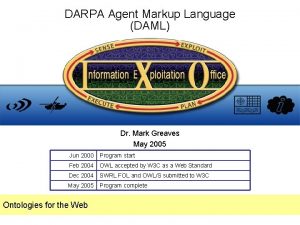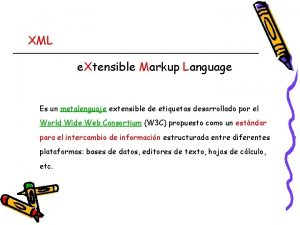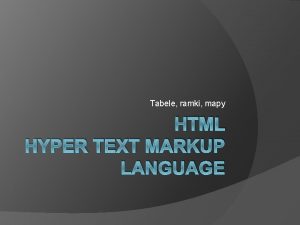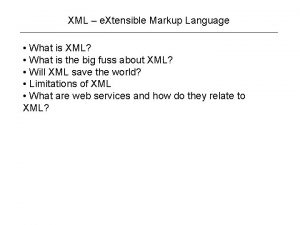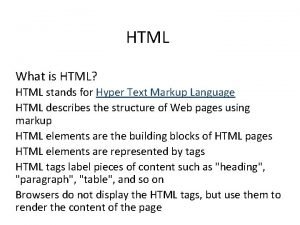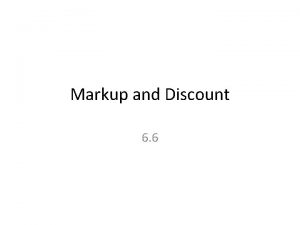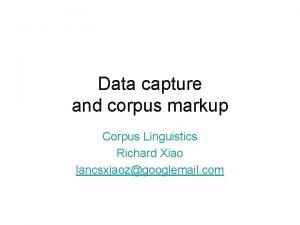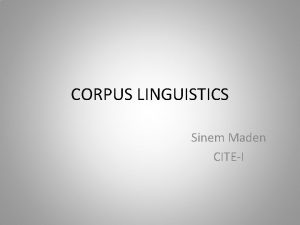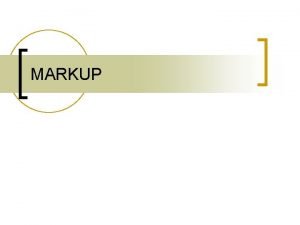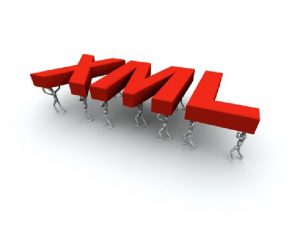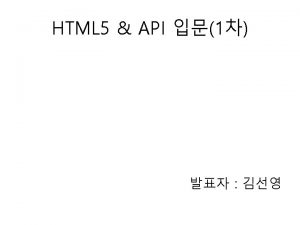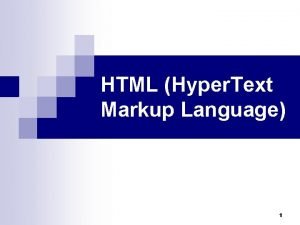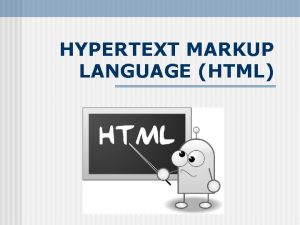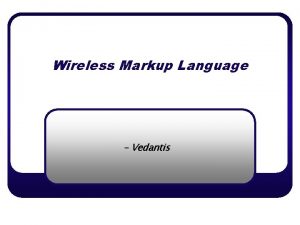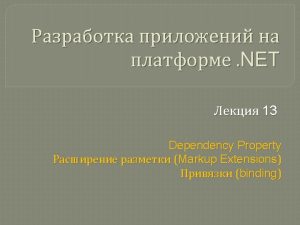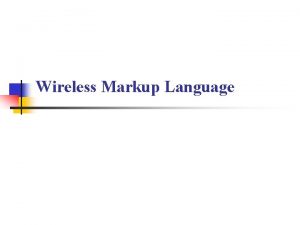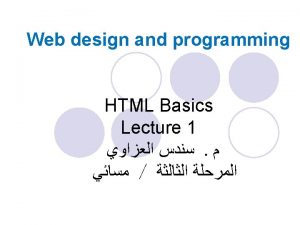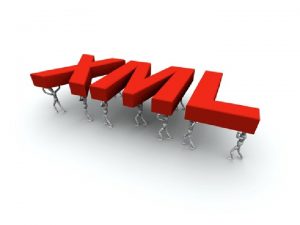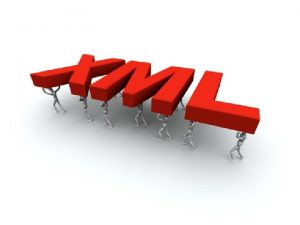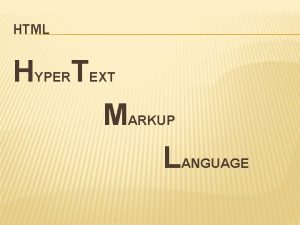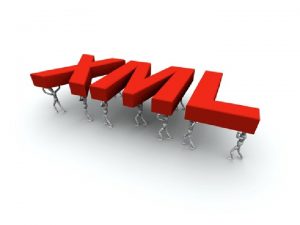Corpus Markup Uo L Summer Institute in Corpus









![Parsing: Chunking [NP (NN Corpus) (NN annotation) ] (VBZ is) [NP (DT the) (NN Parsing: Chunking [NP (NN Corpus) (NN annotation) ] (VBZ is) [NP (DT the) (NN](https://slidetodoc.com/presentation_image/2d9e9094df5ebd0a784d858f91dbb6bf/image-10.jpg)


















- Slides: 28

Corpus Mark-up Uo. L Summer Institute in Corpus Linguistics Matthew Brook O’Donnell

Aims • Introduce the concepts of corpus mark-up and annotation • Consider why we would want to add extra non-textual information to corpus texts • Use a pos-tagger and tagged text

What is Corpus Annotation? • ‘the practice of adding interpretative linguistic information to a corpus’ (Leech 2005) – interpretative – linguistic – results in -> value-added corpus

Terminology • Corpus Markup – processing/formatting information – metadata/text classifications – structural representation • Tagging – (usually) inline addition of category to word(s) • Parsing – higher-level, multiword units (constituents) – chunking/shallow vs. full syntactical parsing – needn’t just be syntactical analysis • XML – e. Xtensible Markup Language

Why Annotate? 1. 2. 3. 4. Manual examination of corpus Automatic analysis of corpus Reusability of annotations Multi-functionality Leech 2005 5. Objective record of analysis Mc. Enery 2003 6. Annotation process is corpus analysis O’Donnell 1999

Types of Corpus Annotation • • Part-of-speech (POS) Lemmatization Syntactical (parsing) Semantic (domain classifications) Coreference (Discourse) Pragmatic (Speech acts – dialogue) Stylistic Research specific (ad hoc)

POS Tagging: Claws C 5 Corpus_NN 1 annotation_NN 1 is_VBZ the_AT 0 practice_NN 1 of_PRF adding_VVG interpretative_AJ 0 linguistic_AJ 0 information_NN 1 to_PRP a_AT 0 corpus_NN 1. _. NN 1 singular noun AJ 0 adjective (unmarked) VBZ -s form of the verb "BE“ PRF the preposition OF VVG -ing form of lexical verb AT 0 article

POS Tagging: Claws C 7 Corpus_NN 1 annotation_NN 1 is_VBZ the_AT practice_NN 1 of_IO adding_VVG interpretative_JJ linguistic_JJ information_NN 1 to_II a_AT 1 corpus_NN 1. _. http: //www. comp. lancs. ac. uk/ucrel/claws/trial. html

POS Tagging: POSTagger Corpus/NN annotation/NN is/VBZ the/DT practice/NN of/IN adding/VBG interpretative/JJ linguistic/JJ information/NN to/TO a/DT corpus/NN. /.
![Parsing Chunking NP NN Corpus NN annotation VBZ is NP DT the NN Parsing: Chunking [NP (NN Corpus) (NN annotation) ] (VBZ is) [NP (DT the) (NN](https://slidetodoc.com/presentation_image/2d9e9094df5ebd0a784d858f91dbb6bf/image-10.jpg)
Parsing: Chunking [NP (NN Corpus) (NN annotation) ] (VBZ is) [NP (DT the) (NN practice) ] (IN of) (VBG adding) [NP (JJ interpretative) (JJ linguistic) (NN information) ] [PP (TO to) [NP (DT a) (NN corpus) ]

Parsing (S (NP Corpus annotation) (VP is (NP the practice) (PP of (S (VP adding (NP interpretative linguistic information) (PP to (NP a corpus)) )) ) ) ). )

Semantic Annotation • Each word given code from thesaurus -style dictionary • Also called Word Sense Tagging • Examples – UCREL Semantic Analysis System [http: //www. comp. lancs. ac. uk/ucrel/usas/] – Word. Net [http: //wordnet. princeton. edu/]

Semantic Annotation • The noun move has 5 senses (first 5 from tagged texts) • 1. (377) move -- (the act of deciding to do something; "he didn't make a move to help"; "his first move was to hire a lawyer") • 2. (70) move, relocation -- (the act of changing your residence or place of business; "they say that three moves equal one fire") • 3. (57) motion, movement, move, motility -- (a change of position that does not entail a change of location; "the reflex motion of his eyebrows revealed his surprise"; "movement is a sign of life"; "an impatient move of his hand"; "gastrointestinal motility") • 4. (30) motion, movement, move -- (the act of changing location from one place to another; "police controlled the motion of the crowd"; "the movement of people from the farms to the cities"; "his move put him directly in my path") • 5. (5) move -- ((game) a player's turn to take some action permitted by the rules of the game)

Semantic Annotation • The verb move has 16 senses (first 13 from tagged texts) • 1. (130) travel, go, move, locomote -- (change location; move, travel, or proceed; "How fast does your new car go? "; "We travelled from Rome to Naples by bus"; "The policemen went from door to door looking for the suspect"; "The soldiers moved towards the city in an attempt to take it before night fell") • 2. (60) move, displace -- (cause to move, both in a concrete and in an abstract sense; "Move those boxes into the corner, please"; "I'm moving my money to another bank"; "The director moved more responsibilities onto his new assistant") • 3. (52) move -- (move so as to change position, perform a nontranslational motion; "He moved his hand slightly to the right") • 4. (20) move -- (change residence, affiliation, or place of employment; "We moved from Idaho to Nebraska"; "The basketball player moved from one team to another")

Tools • XML • Annotation Editors – GATE • Word. Smith

The ‘Great Annotation Debate’ • Leech et al. ‘annotation = value added’ • Sinclair ‘annotation = perilous activity’ • Scott ‘beware of the POS prison!’

Sinclair on the perils of corpus annotation • ‘The interspersing of tags in a language text is a perilous activity, because the text thereby loses integrity…’ ‘Current Issues in Corpus Linguistics’ (Sinclair 2004: 191)

Sinclair on the perils of corpus annotation • ‘. . one cosy consequence of using tagged text is that the description which produces the tags in the first place is not challenged – it is protected. The corpus data can only be observed through the tags; that is to say, anything the tags are not sensitive to will be missed’ ‘Current Issues in Corpus Linguistics’ (Sinclair 2004: 191)

Sinclair on the perils of corpus annotation • ‘In corpus-driven linguistics you do not use pre-tagged text, but you process the raw text directly and then patterns of this uncontaminated text are able to be observed. ’ ‘Current Issues in Corpus Linguistics’ (Sinclair 2004: 191)

Hunston – annotation as ‘double-edged sword’ • ‘…the categories used to annotate a corpus are typically determined before any corpus analysis is carried out, which in turn tends to limit, not the kind of question that can be asked, but the kind of question that usually is asked. ’ (Hunston 2002: 93)

Hunston – annotation as ‘double-edged sword’ • ‘Most of the work that is done using annotated corpora uses categories that have been developed in pre-corpus days, such as nominal clauses, anaphoric reference… Phenomena such as frames or semantic prosody… tend to have been identified from plain text corpora and word-based studies. ’ (Hunston 2002: 93)

Corpus-based approach ANALYSIS categorization plain corpus annotated corpus CORPUS METHODS ANALYSIS Annotate Corpus • POS • Parsing • Semantic • Reference generalization RESULTS DATA

Corpus-driven approach plain corpus CORPUS METHODS DATA ANALYSIS generalization & categorization RESULTS

Problem for both CB & CD Approach • Serial/Sequential process – CB analysis before (annotation) and after processing – CD analysis only after processing (so no need for annotation) • Empirical process is cyclic – analysis feeds back into process and around again… and again…

So what if…. • Hunston - ‘Most of the work that is done using annotated corpora uses categories that have been developed in pre-corpus days…. ’ (Hunston 2002: 93) • we annotate categories that have come out of corpus analysis instead of/as well as traditional categories?

New uses for corpus annotation • Cyclic investigation process – How sould we annotate: 1. KWIC/Frequency list/Collocates etc. 2. Annotate results 3. Goto 1 – – collocates lexical items semantic associations/prosodies Local textual functions

References Leech, G 2005 ‘Adding Linguistic Annotation’, in M. Wynne, Developing Linguistic Corpora: a Guide to Good Practice (Oxford: Oxbrow Books), pp. 17 -29 [http: //ahds. ac. uk/linguistic-corpora/] Hunston, S. 2002 Corpora in Applied Linguistics (Cambridge: Cambridge University Press) Mc. Enery, A 2003 ‘Corpus Linguistics’, in R. Mitov (ed. ), The Oxford Handbook of Computational Linguistics (Oxford: Oxford University Press), pp. 448 -463

References O’Donnell, M. B. ‘The Use of Annotated Corpora for New Testament Discourse Analysis: A Survey of Current Practice and Future Prospects’, in S. E. Porter and J. T. Reed (eds. ), Discourse Analysis and the New Testament: Results and Applications (Sheffield: Sheffield Academic Press, 1999), pp. 71 -117. Sinclair, J. 2004 Trust the Text: Language, Corpus and Discourse (London: Routledge)
 Oogenesis process
Oogenesis process Corpus luteum histology
Corpus luteum histology Ap by the sea summer institute
Ap by the sea summer institute Lsa summer institute
Lsa summer institute Slac summer school
Slac summer school Nacada summer institute
Nacada summer institute Nacada summer institute
Nacada summer institute Slac summer institute
Slac summer institute Rmasfaa conference
Rmasfaa conference Santa fe institute summer school
Santa fe institute summer school Science olympiad summer institute
Science olympiad summer institute Science olympiad summer institute
Science olympiad summer institute Nchfma summer institute
Nchfma summer institute Scrambler science olympiad
Scrambler science olympiad Salon retail markup
Salon retail markup Linguaggio di markup
Linguaggio di markup Geography markup language tutorial
Geography markup language tutorial Markup percentage
Markup percentage Wireless markup language
Wireless markup language Markup tag tells the web browser
Markup tag tells the web browser Markup fiyatlama
Markup fiyatlama Darpa agent markup language
Darpa agent markup language Metalenguaje xml
Metalenguaje xml Extra markup html
Extra markup html Markup economics
Markup economics Multilingual semantical markup
Multilingual semantical markup Tabela markup
Tabela markup Language
Language What is hyper in html
What is hyper in html

